HOW TO CHOOSE A TABLE TENNIS RUBBER
Introduction
Selecting the perfect table tennis rubber can be a challenging task, even for seasoned players. Each player has a unique playing style that influences their choice. Perhaps you are a defensive player who emphasizes control and aims to confound your opponent with a variety of spin techniques. Or maybe you are an offensive player who relies on aggressive topspin shots to dominate and quickly finish the rally.Have you already selected your blade? Now, delve into our guide on rubbers to optimize your racket’s performance.

RUBBER TYPES
You may have noticed that rubbers have these little projections on one side. These are called pips/pimples and they affect the spin of the ball.
Inverted/Reverse Pips

This type of rubber has the pips facing in and the flat smooth side facing outwards. Therefore, you use the smooth side to strike the ball. This type of rubber is the most common one used as it gives good control and allows players to develop their stroke. Inverted rubbers have a large contact area which allows the player to easily exert spin on the ball. As such, it is suitable for beginners and all-rounded players.
Short Pips-Out

This type of rubber has short pips facing out and the flat smooth side facing inwards. Therefore, you use the short pip side to strike the ball. This type of rubber is suitable for players who have a fast blocking/ counter attacking game. This rubber is not easily affected by the opponent’s spin due to its small contact area with the ball, allowing you to easily return an opponent's spin shot.
Long Pips-Out

This type of rubber has long pips facing out and the flat smooth side facing inwards. Therefore, you use the long pip side to strike the ball. This type of rubber is suitable for defensive players as it slows down the speed of the ball and can counter the spin on your opponent's shots.
Short and Long Pips without Sponge

This type of rubber has the pips facing out and the flat smooth side facing inwards. Therefore you use the pip side to strike the ball. This rubber does not have a sponge layer underneath, resulting in a lighter racket with less elasticity. Thus rubber is suitable for defensive players who want to drastically cut the speed of your opponent's shots, slowing down the rally.
Anti-spin Rubber
This type of rubber is similar to the inverted rubber as it has the pips facing inwards and the flat smooth size facing out. Therefore, you use the pip side to strike the ball. Anti-spin rubbers are generally hard with sponges ranging from medium soft to extremely soft which slows the ball down. They also have less friction on the rubber effectively, cancelling the spin on your opponent's shots.
Anatomy of a Rubber Sheet
-
Top Sheet
- Types - Rubber sheets are generally categorized into two types: inverted and pimples-out, described earlier. Inverted top sheets come in two primary varieties: grippy and sticky. Sticky top sheets, often found in Chinese rubber, are known for their enhanced spin capabilities. However, many modern European and Japanese rubber sheets now feature semi-sticky top sheets, designed to emulate the spin characteristics of Chinese rubber.
- Color - ITTF requires that one side of the racket must be black and the other side must be a bright color, distinctly different from black and from the color of the ball. The purpose of this rule is to ensure that opponents can easily distinguish between the two sides of the racket during play, which is important because the two sides can have very different surface properties that affect the spin and speed of the ball. Traditionally, the top sheet colors have been red and black, but in 2021, ITTF changed the rule to allow other colors.
- Sponge - this part that resembles foam. In accordance with ITTF equipment regulations, only inverted rubber sheets are required to have a sponge; pimple out rubber can either have a sponge layer or not. Modern sponges are typically porous, with varying pore sizes to reduce weight. The choice between soft and hard sponges comes down to personal preference and playing style. Softer sponges, compressing more easily, tend to be chosen by players who engage in more direct hits, allowing for deeper ball penetration into the sponge, which aids in generating spin and makes blocking easier. On the other hand, harder sponges cater to players seeking greater speed and power, offering a higher performance limit when subjected to strong force.
Choosing the Right Rubber for Your Playstyle
Offensive vs Defensive Rubber
The choice between offensive and defensive rubber sheets is closely tied to a player's skill level. Beginners and intermediate players often gravitate towards slower rubber sheets and blades, which offer better control and adaptability as they hone their skills. Your playing style plays a significant role in this choice. If your strategy focuses on defensive maneuvers like blocking or chopping, thinner sponge rubber is ideal for their control capabilities. Alternatively, long pimple rubber sheets are excellent for creating disruptive effects, such as spin reversal or slowing down the ball to throw off an opponent's timing.
For players who adopt a more aggressive approach, rubber rated for offense align better with their needs. These sheets are designed to enhance attacking play, offering greater speed that complements an offensive strategy. It's essential to remember that the speed and suitability of a rubber also depend on the player's level, ensuring that the equipment matches their stage of development and style of play.
Speed, Spin, and Control Ratings
Remember, each table tennis equipment manufacturer has its own unique rating system, meaning one company's ratings can't be directly compared to another's. When it comes to speed, a more straightforward approach is to categorize it as defensive, all-around, or offensive. Within these categories, there are further distinctions, often indicated by a '+' or '-' sign. For instance, 'offensive +' signifies a very fast rubber, while 'offensive -' suggests a moderately fast one.
Players need to note that control and speed are usually inversely related: generally, as the speed of a rubber increases, its control decreases. This balance is important for players to consider based on their playing style. In terms of spin, traditionally, sticky top sheets - often found in Chinese rubber - have been known for their high spin capabilities. However, many modern rubber sheets produced by Asian and European manufacturers are now highly competitive in spin, offering alternatives that can match or even rival their Chinese counterparts.
Sponge Thickness
The sponge layer is an area between the rubber and the wood which acts as a trampoline. This layer should already come attached to the rubber sheet when you purchase a rubber so you don't need to do any installation.
Thinner sponges will be less “springy” and have a hard feel, as the ball will generally sink to the wood surface, producing less spin and speed. Thin sponges are suited for defensive play styles as it is good for slowing down the speed of your opponent's shots as well as the amount of spin on it.
Thicker sponges will have a soft feel and will be faster and provide more spin as the ball will sink deep into the sponge layer catapulting it outward with tremendous velocity and increased spin. Thick sponges are suited for attacking play styles as it provides good speed and spin for looping and driving shots.
As a general rule of thumb, the thicker the sponge, the more offensive it is.
i.e. provides more speed and spin.
Many rubbers come in a variety of sponge thickness to accommodate different players.
eg. Butterfly Tenergy 05 comes in 1.7, 1.9, and 2.1mm sponge thickness.
If you are unsure about which thickness to choose, 1.9mm sponge is always a safe bet.
Popular Brands and Recommendations
Butterfly
Tenergy 05 remains the best seller in Butterfly's rubber selection, but the Dignics
series with sheets Dignics 05 and Dignics 09c are also very populaar. For long pips, Feint
Long_lI and Feint Long_lll are popular, while the Impartial XS andImpartial XB series are
their well-regarded short pimple rubber sheets.
Chinese Brands
DHS Hurricane 3 Neo stands out as the most well-known Chinese rubber for high levels of
play. Other popular rubber sheets include RITC Friendship Super 729 FX and Sanwei Target
National
European Brands
Victas and XIOM lead as the most popular European-made rubber brands (although both
are headquartered in Asia) with their V Series and Vega series respectively
Tibhar's Evolution series, Donic's Acuda series are also highly favored
Gewo's Nexxus variants and Andro's Rasanter series are also popular. Nittaku and Yasaka
Japanese brands with European-made rubber, are well-respected, with
Nittaku's Fastarc and Yasaka's Rakza series being their best-sellers. Stiga's DNA
series rubber sheets are gaining popularity. Brands like Der Materialspezialist, and Sauer &
Iroeger, though less popular, are known for their excellent pips-outrubber
Tips for Maintenance

Cleaning Your Rubber
It's important to clean your table tennis rubber sheets after each game. Use a wet sponge and water for cleaning, then allow the rubber to air dry. Once dry, protect them with a plastic film. For stickier Chinese rubber, a standard plastic covering works well, as it adheres easily. However, Japanese and European rubber sheets often require a stickier type of plastic film for effective protection. Remember, never use alcohol for cleaning, as it can reduce the grip of your rubber's topsheet. We recommend REvolution 3's Cleaner to keep your rubber in top shape.
Storing Your Racket/Rubber Sheets
Always store your rubber sheets in a cool, dry place. Avoid exposing it to high temperatures and high-humidity, as these conditions can adversely affect the rubber's structure and longevity.
When to Replace Your Rubber
The frequency of replacing your rubber depends on how often you play. For those who play three times a week for about 2-3 hours each day, German and Japanese rubber typically need to be replaced every 3-4 months, whereas Chinese rubber could last about 4-5 months. Less frequent play will naturally extend the lifespan of your rubber.
Conclusion
Discovering the ideal rubber and blade for table tennis is akin to a quest for your own perfect match. Many players, especially those new to the sport, often select rubber and blades that aren't well-suited to their playing style or skill level. It's a common misconception among beginners that the fastest rubber or blade will automatically enhance their gameplay, but this isn't always the case. While online reviews can offer valuable insights and perspectives on different equipment, there's no substitute for personal experience. The best approach is to try out someone else's blade or rubber to really understand how it feels and performs. This hands-on experience is crucial as the tactile sensation and responsiveness of the equipment significantly influence your choice. Although there are widely recommended rubber sheets and blades that many players find effective, personally testing different options is the most reliable way to ensure you select the equipment that truly complements and enhances your playstyle.


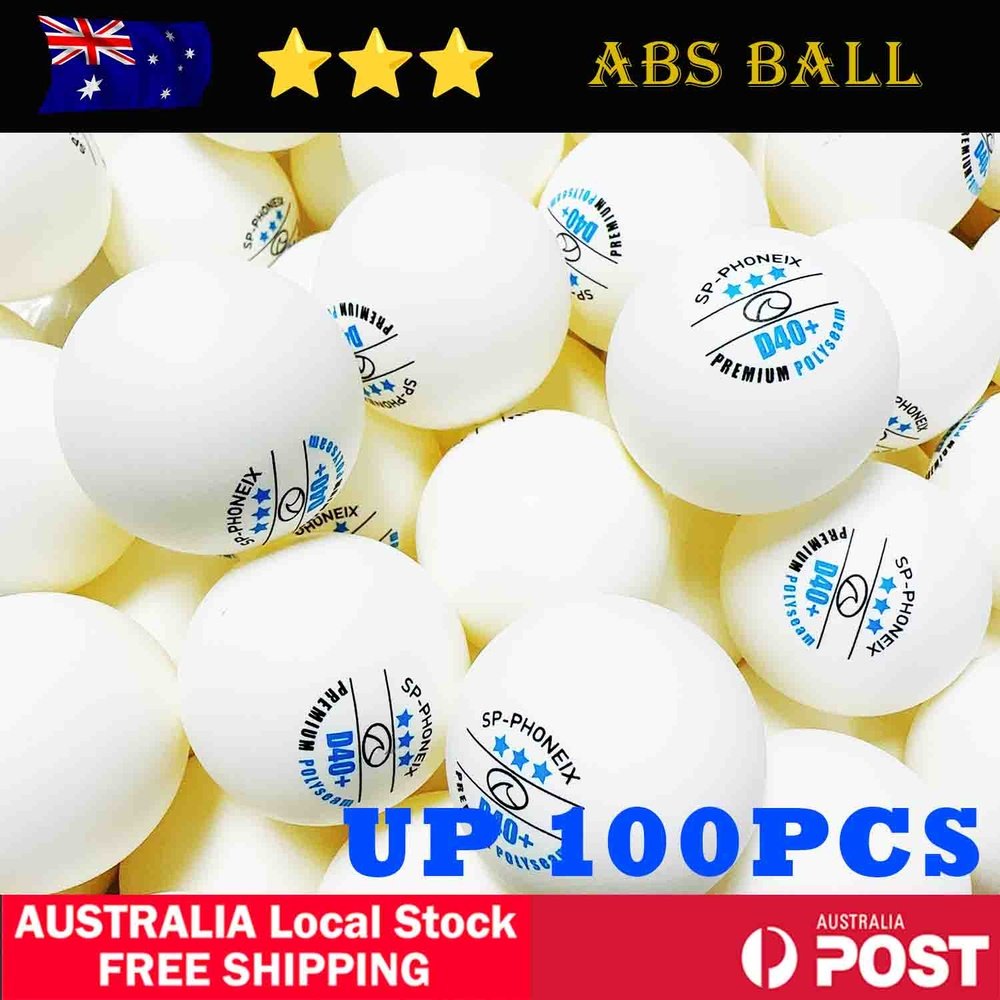
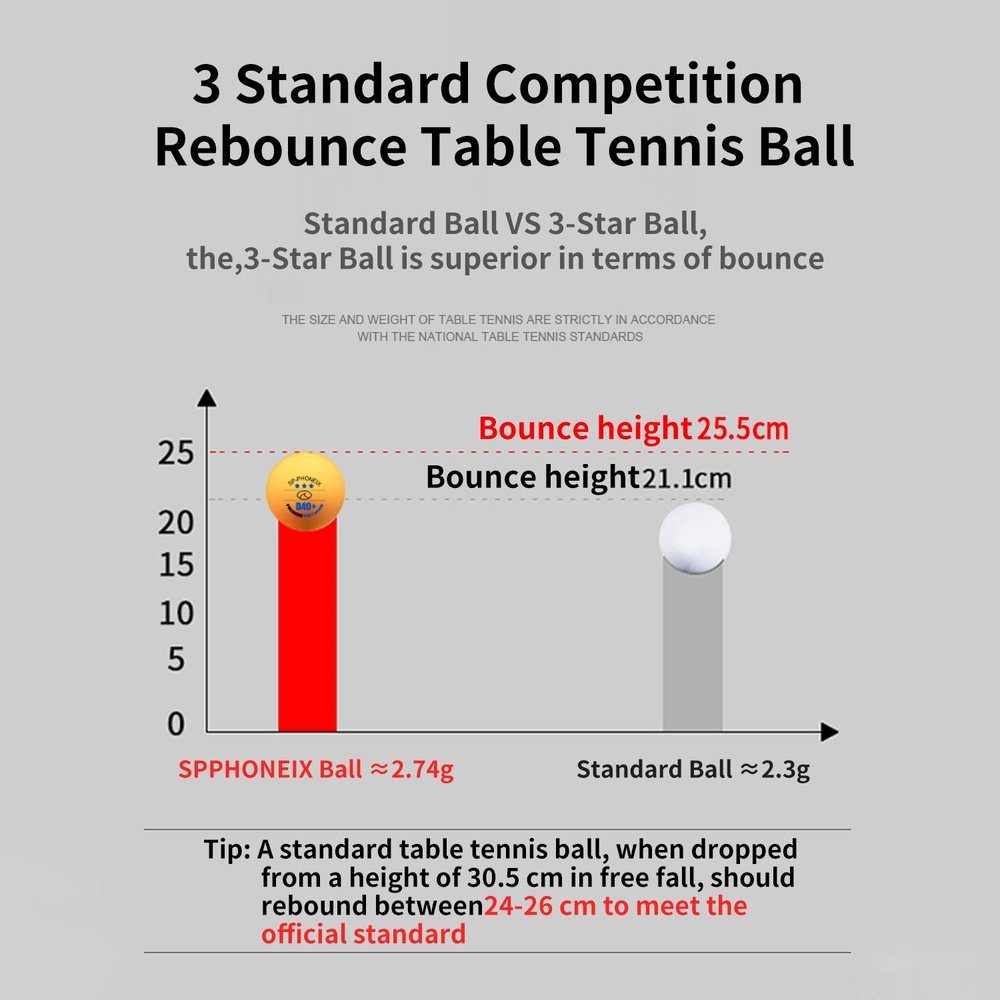
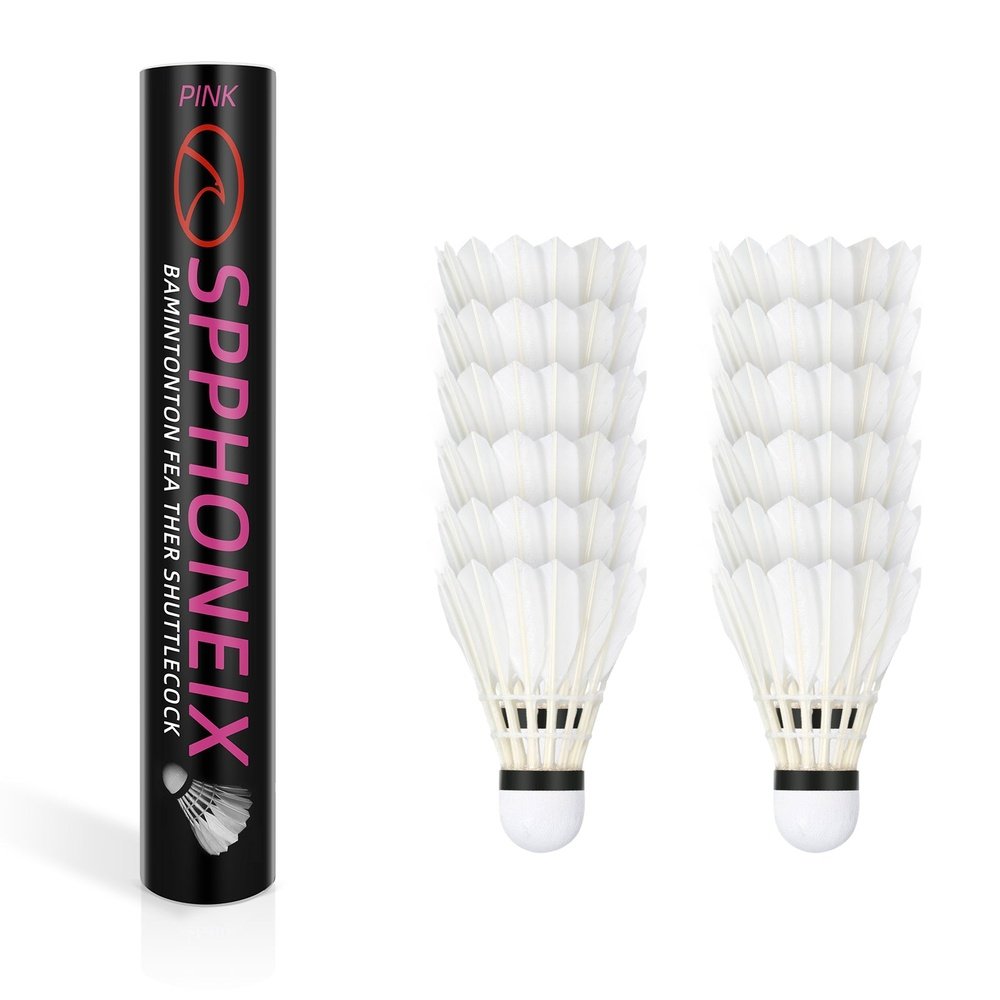
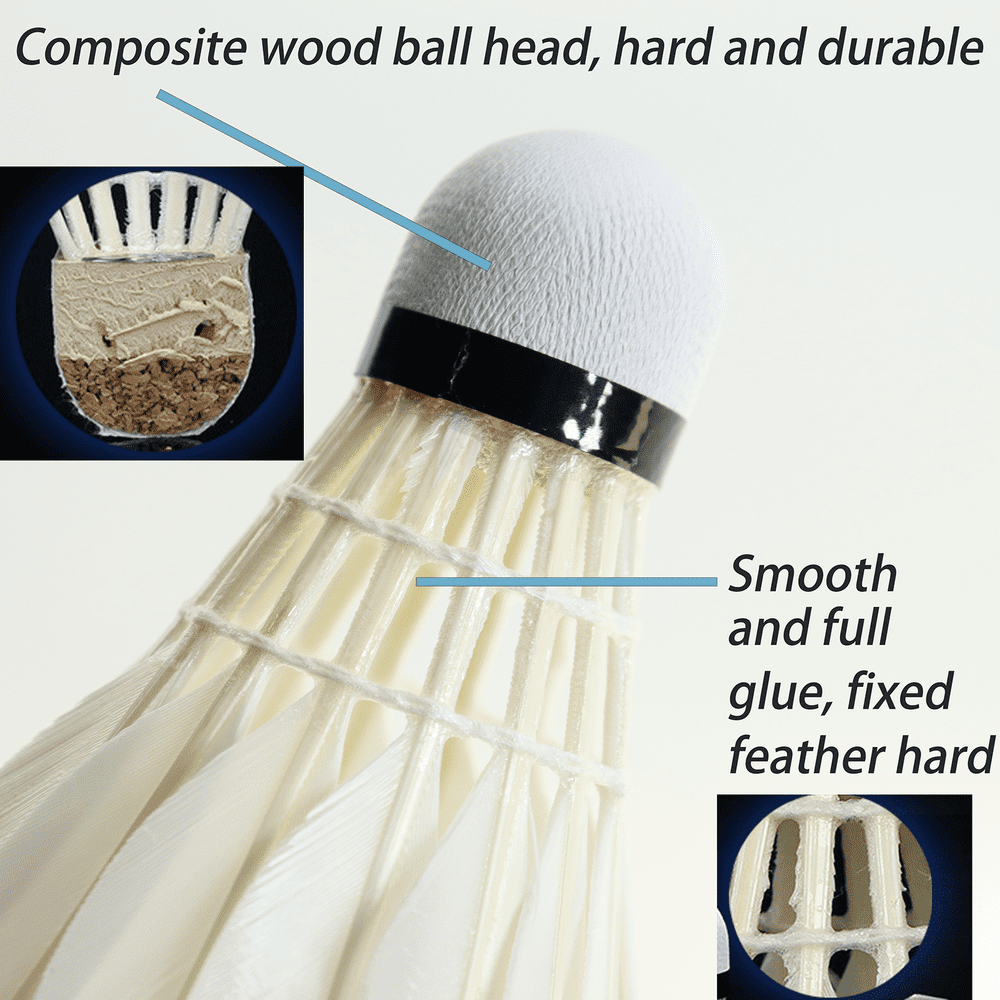
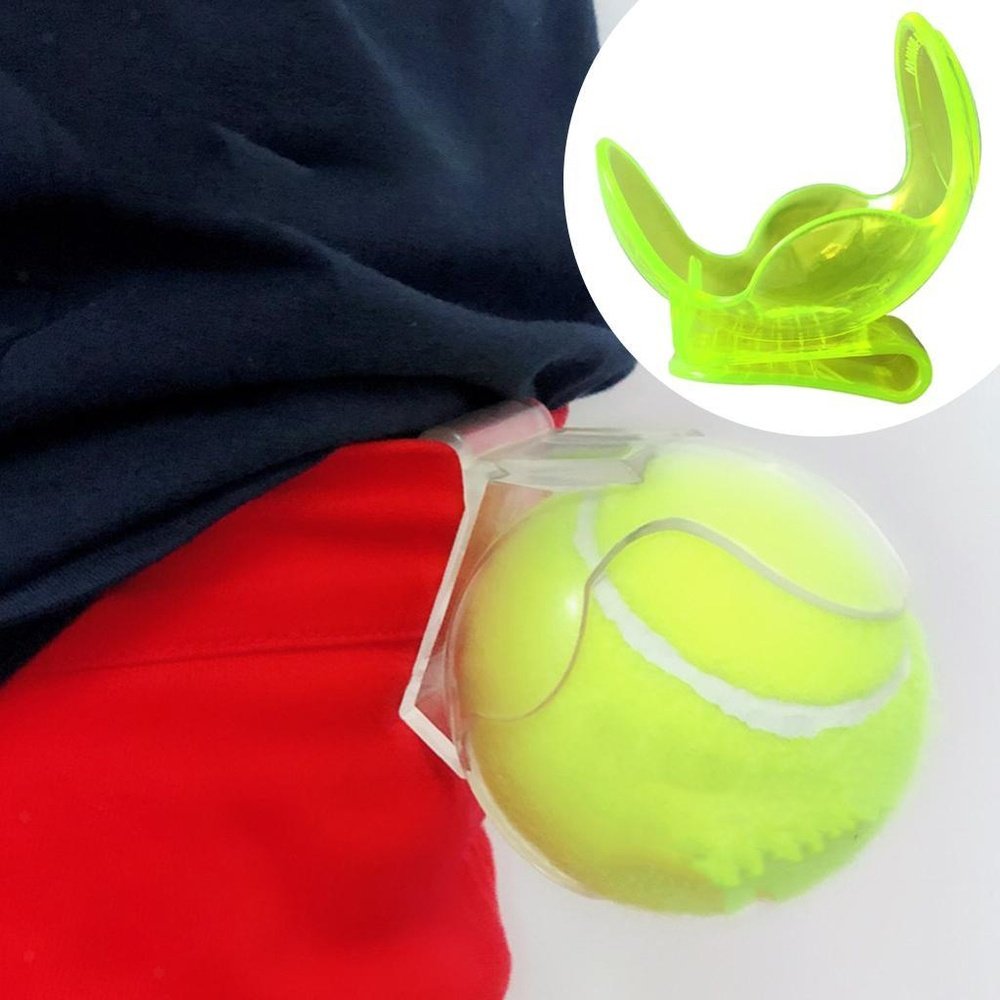
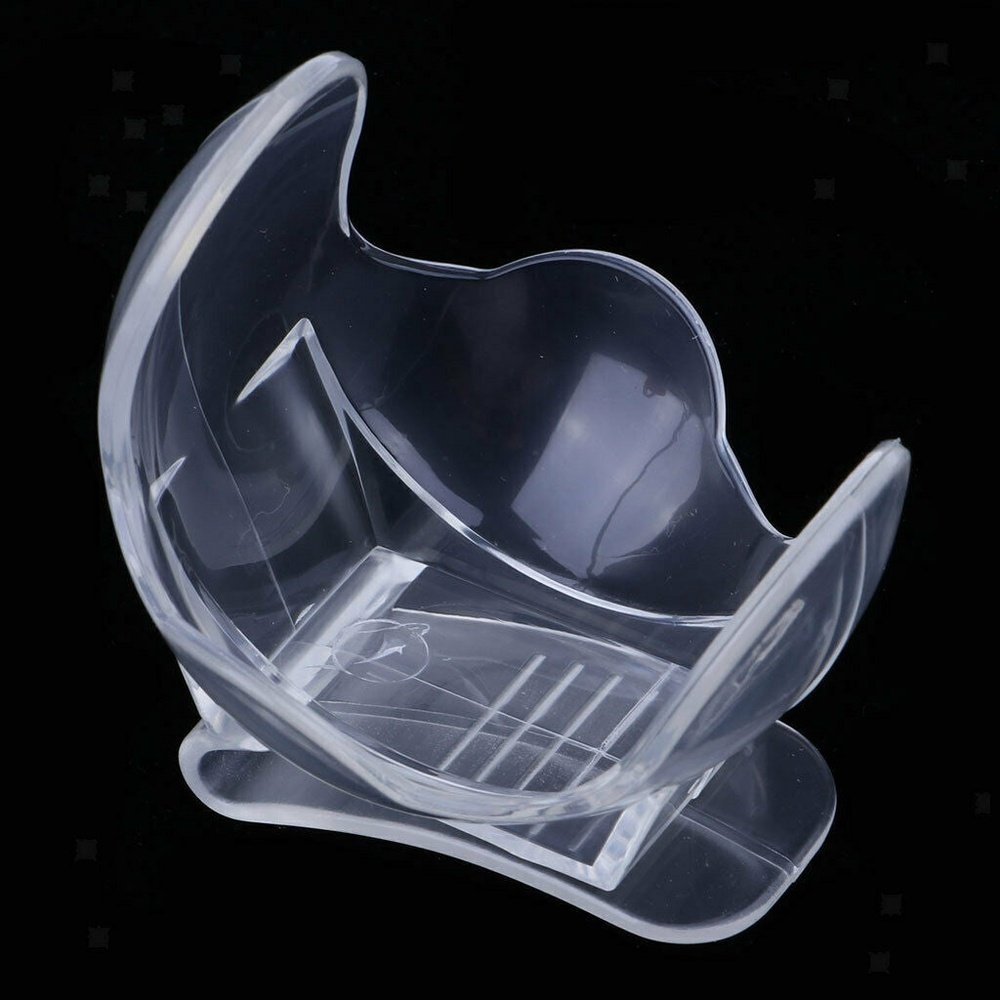
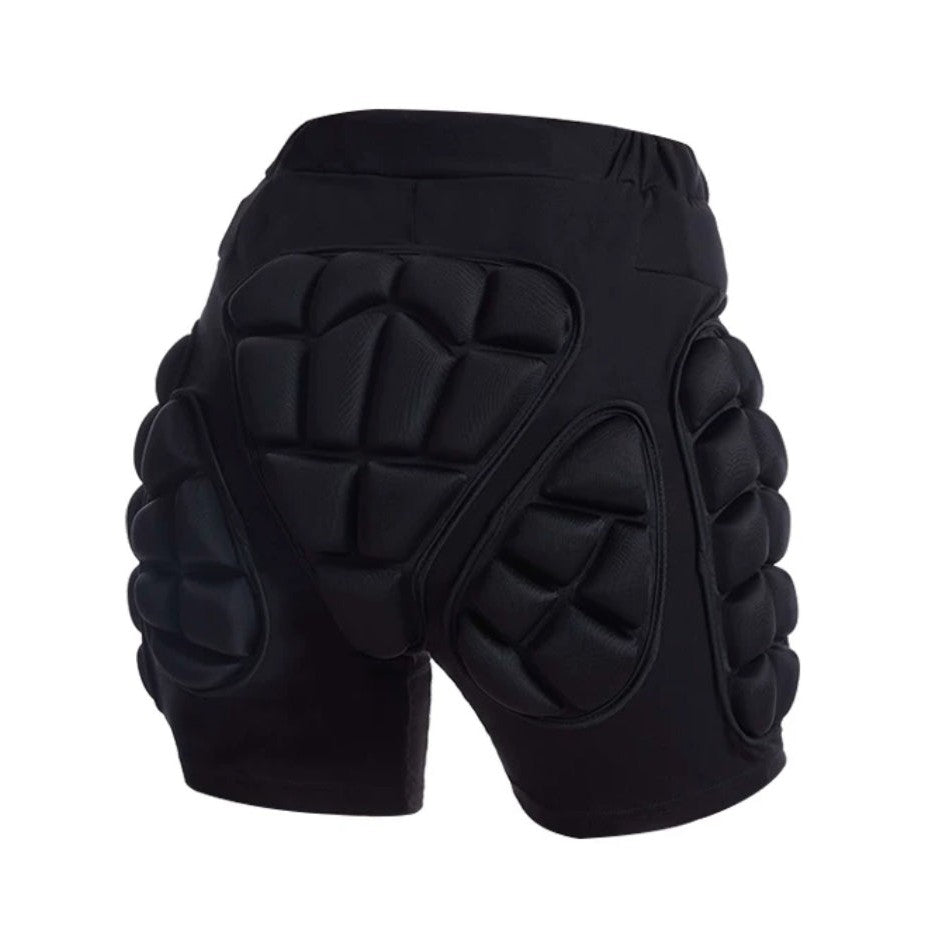
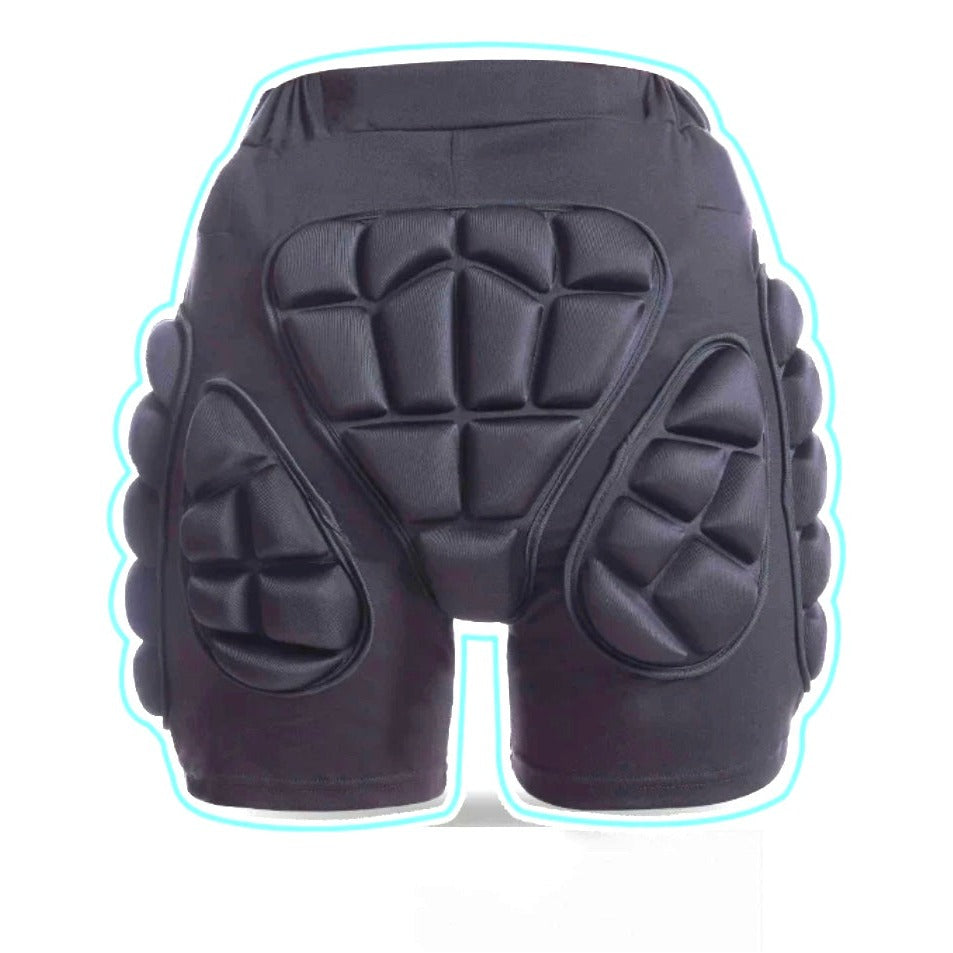
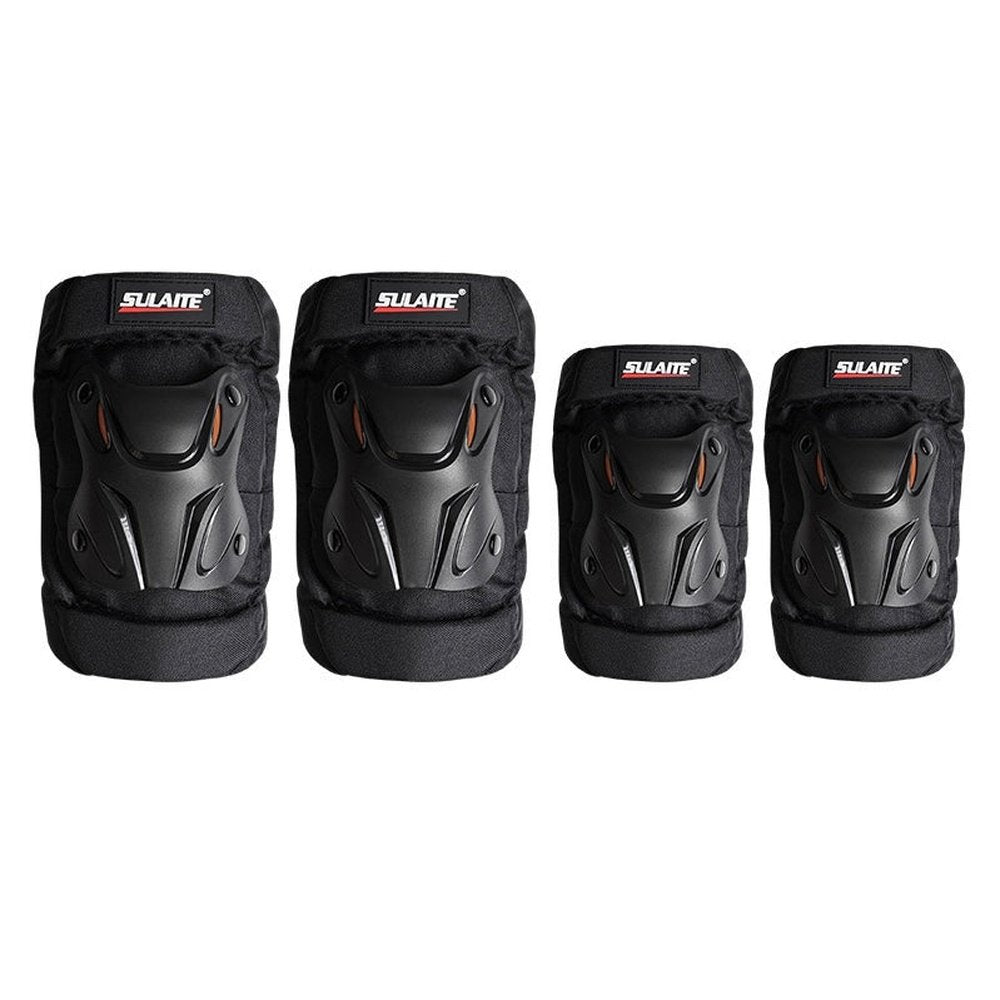
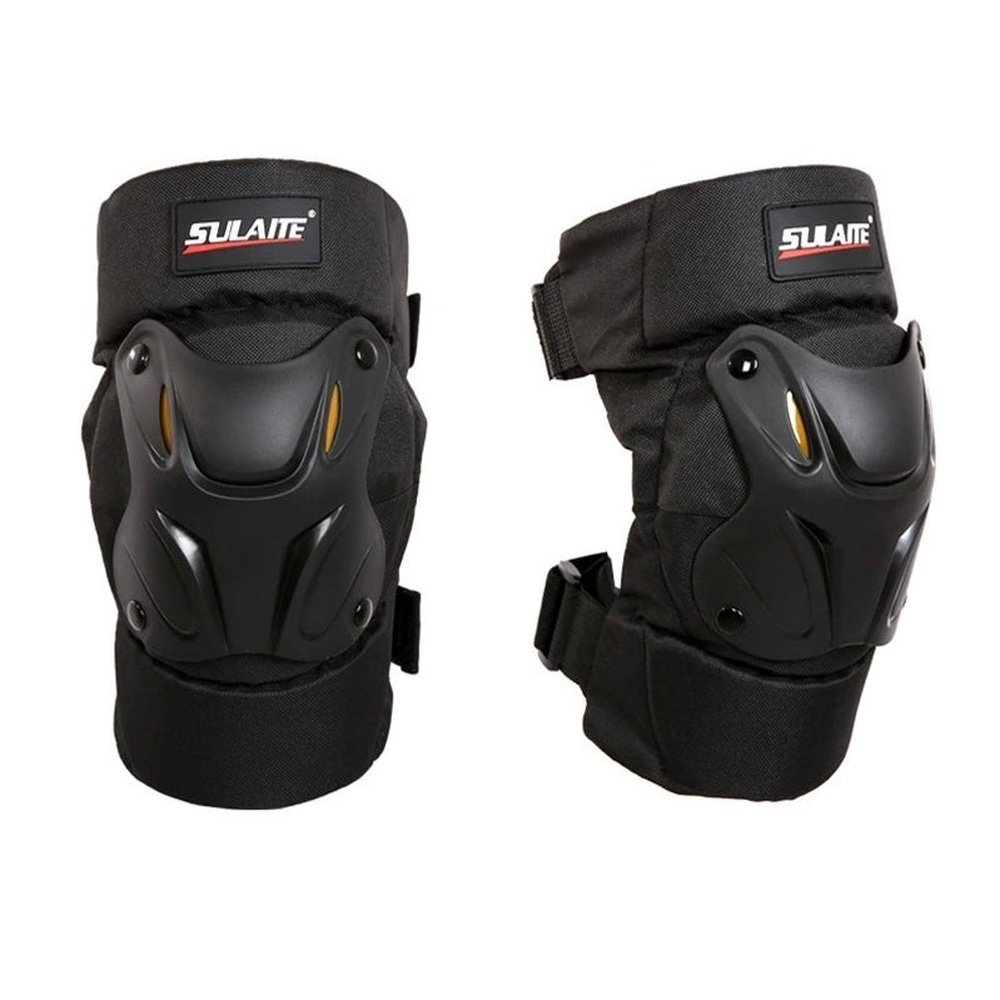
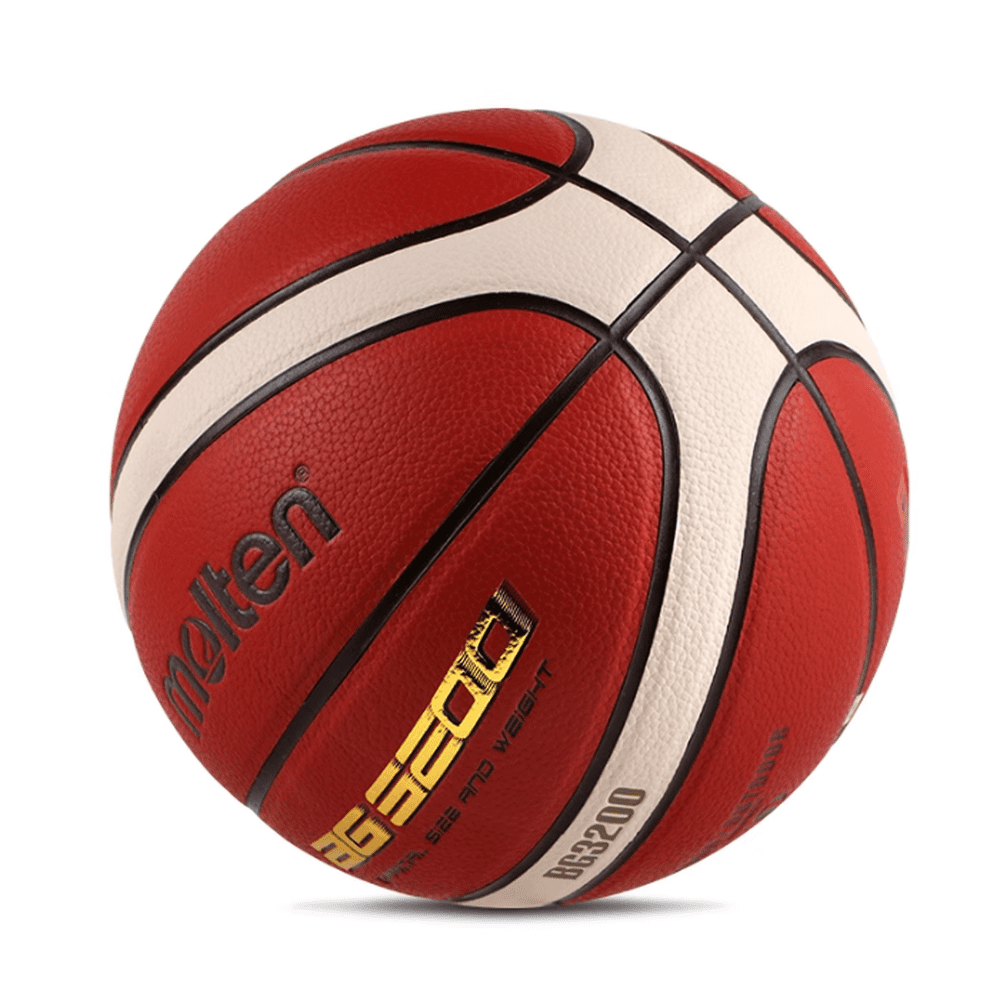
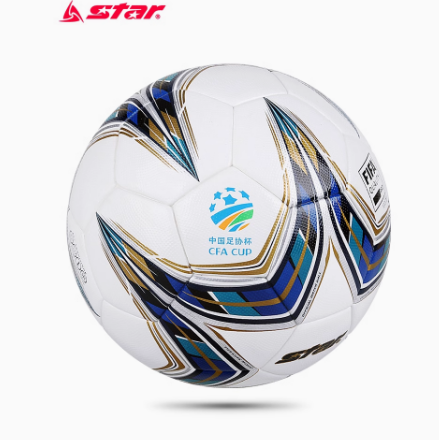
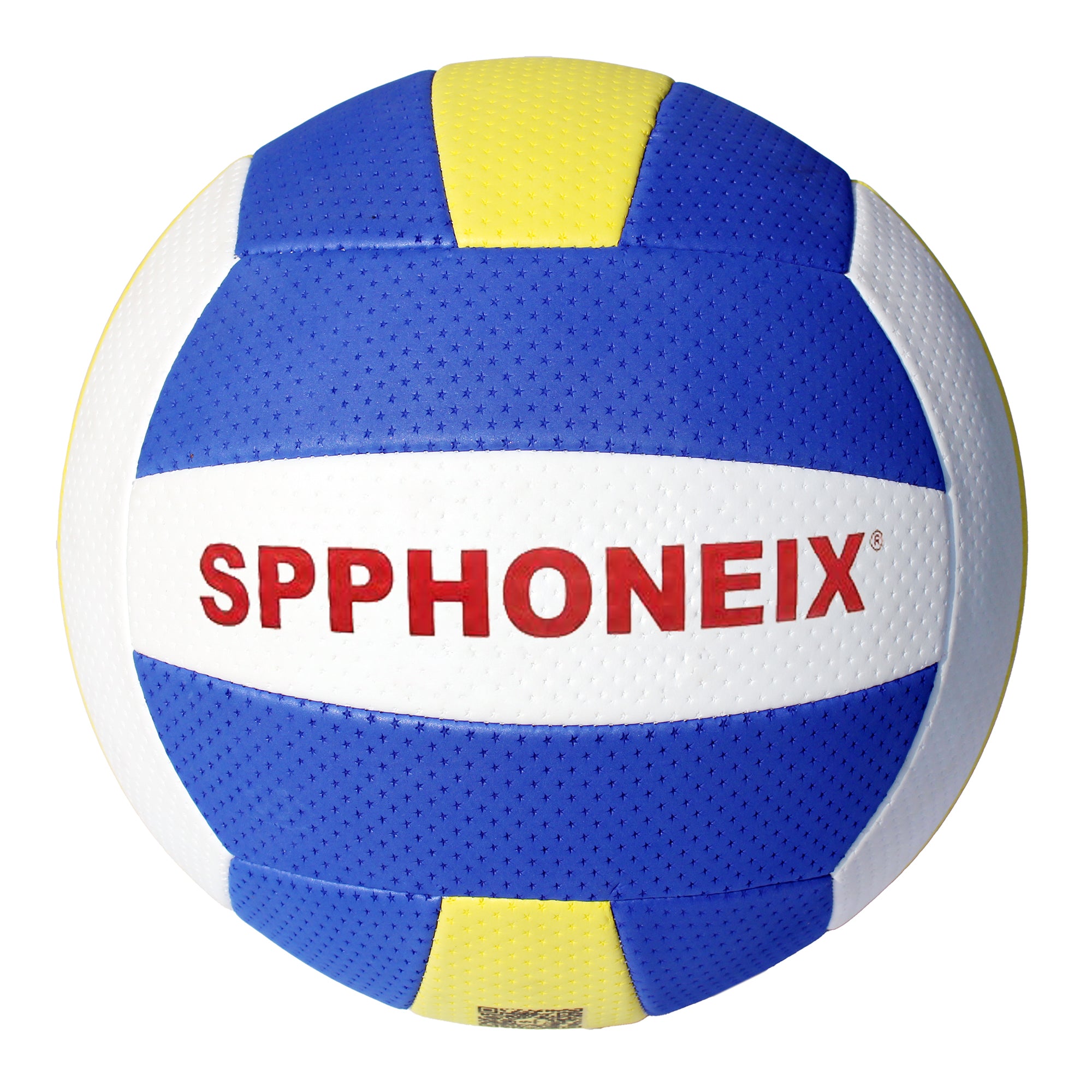
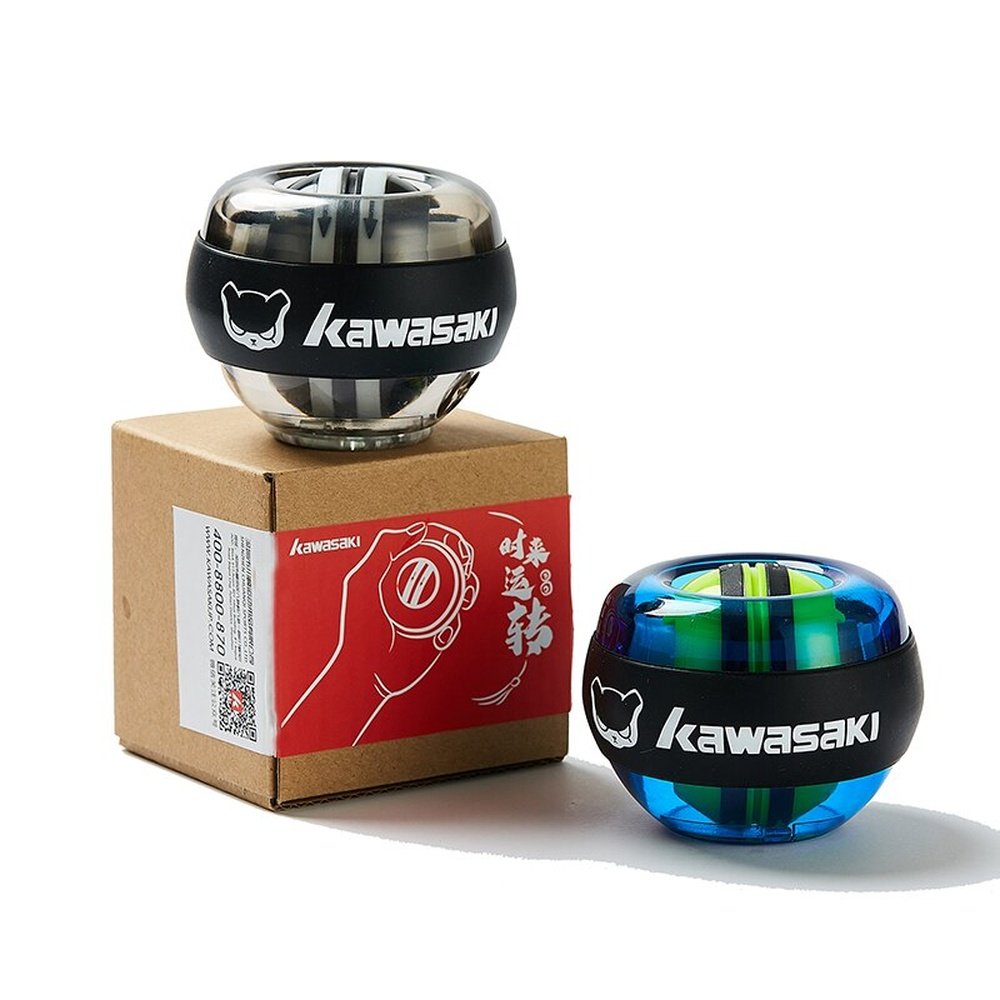

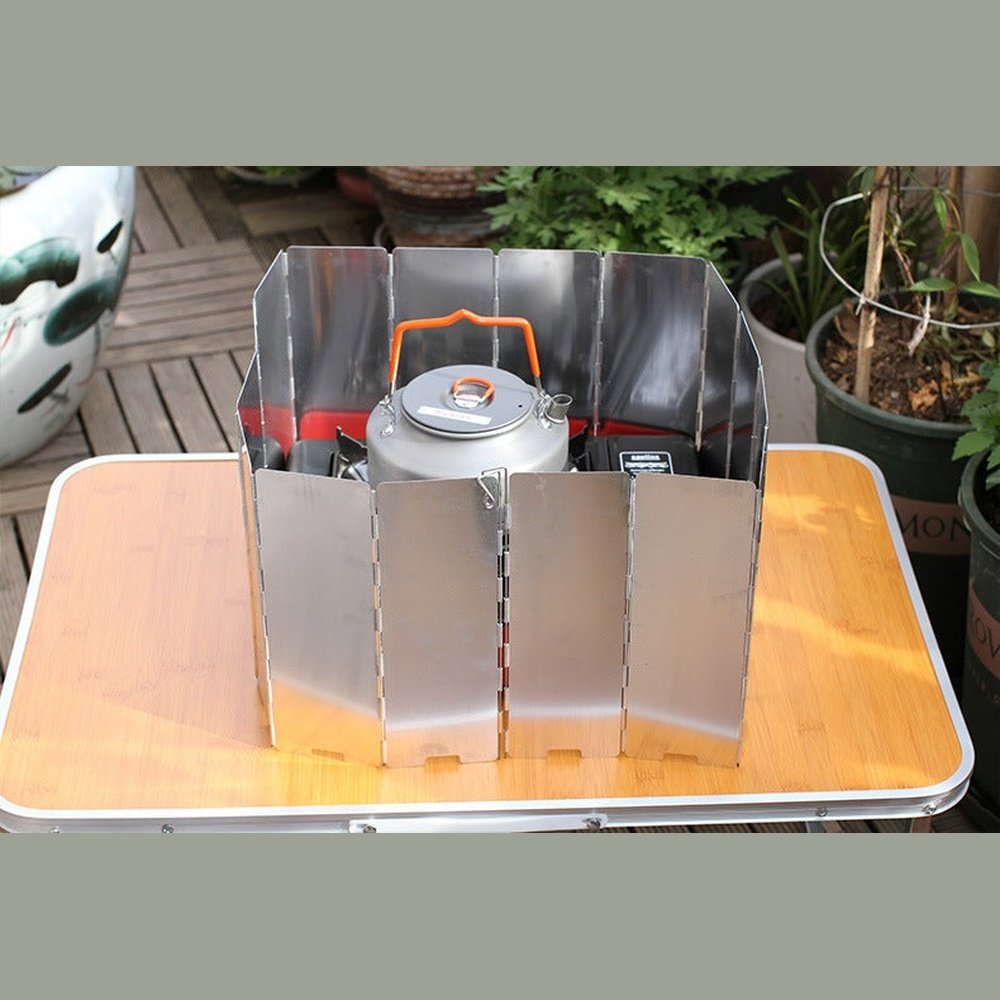
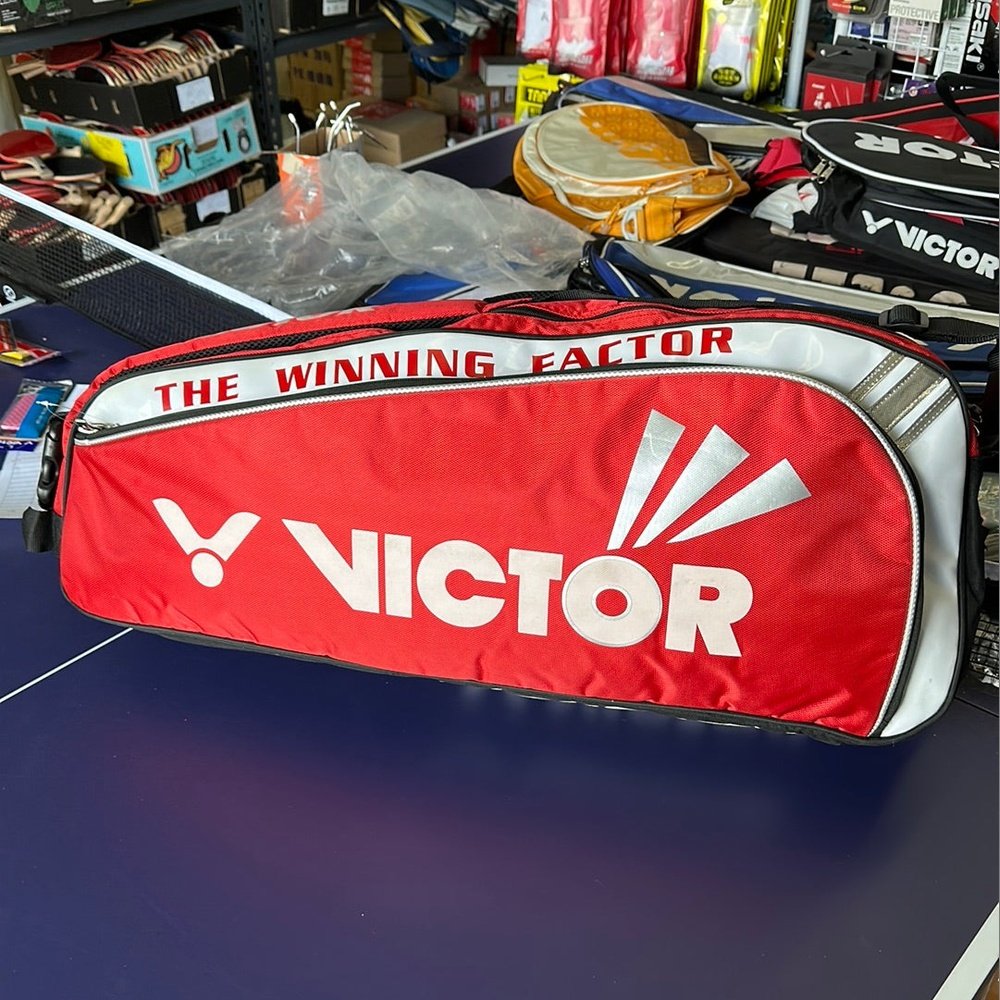

Leave a comment